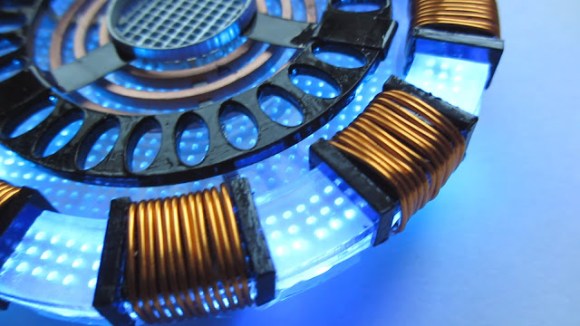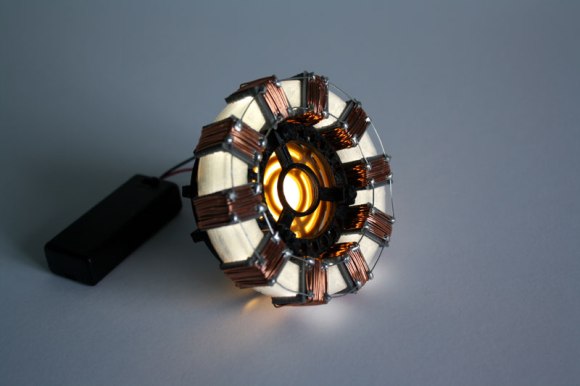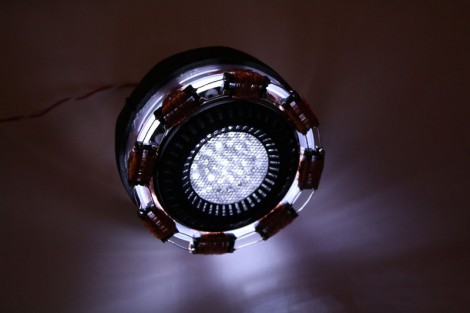Iron Man was the film that kicked off the Marvel craze, and is widely regarded to be better than a lot of the movies that followed. If you’re a big fan of the OG, you’re probably already drowning in Iron Man helmets and arc reactor doo-dads, but here’s one more for you. After all, you probably don’t have an arc reactor clock yet.
The build comes to us from [jerome95]. It starts with an off-the-shelf ring of addressable LEDs, which serves as the basic defining dimension for the project. The ring gets a 3D printed support structure and some non-functional copper coils to complete the basic “arc reactor” look. Inside the center sits a small 7-segment display which displays the time under the command of an ESP32. It uses a network time server so it’s always on the dot. Meanwhile, if you’re not a fan of the 7-segment version, you can always try the OLED variant of the build instead.
It’s not a complicated build; that could have been easily achieved, though. The builder could have displayed the time by making the LEDs flash different colors, instead of using a 7-segment display. However, that would have made a far more confounding clock. As it is, this design would make an excellent gift for any Marvel fan. Particularly those that acknowledge the supremacy of the film that started it all.
Continue reading “Iron Man Arc Reactor Clock Is A Stylish Piece”


 [James Bruton] is working on a replica of the Iron Man movie helmet, complete with a motorized face plate, light up eyes, and an OLED display for a reasonable facsimile of the horribly unrealistic on-screen heads-up display.
[James Bruton] is working on a replica of the Iron Man movie helmet, complete with a motorized face plate, light up eyes, and an OLED display for a reasonable facsimile of the horribly unrealistic on-screen heads-up display.














